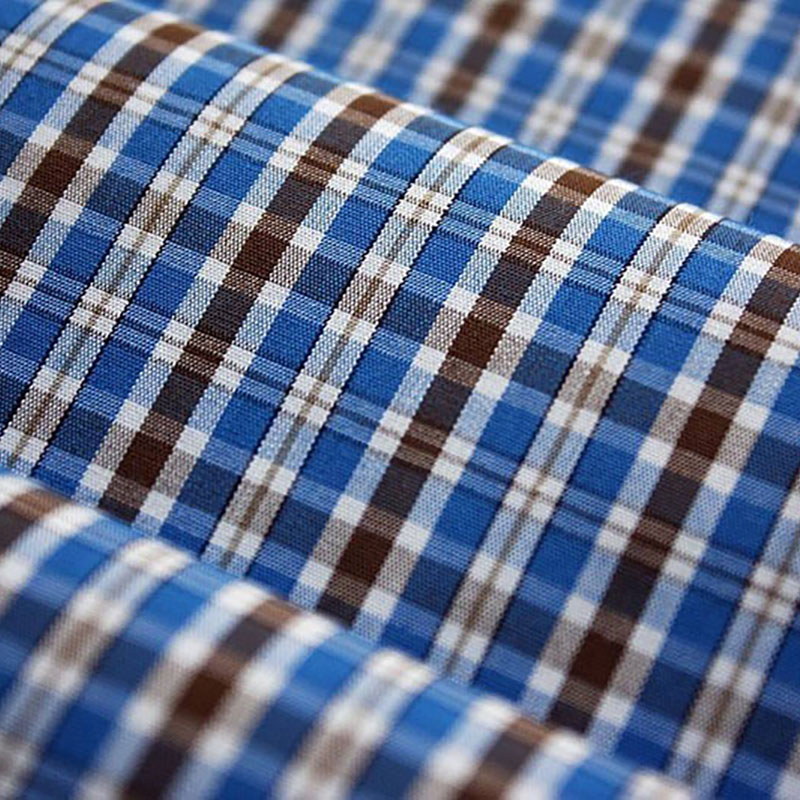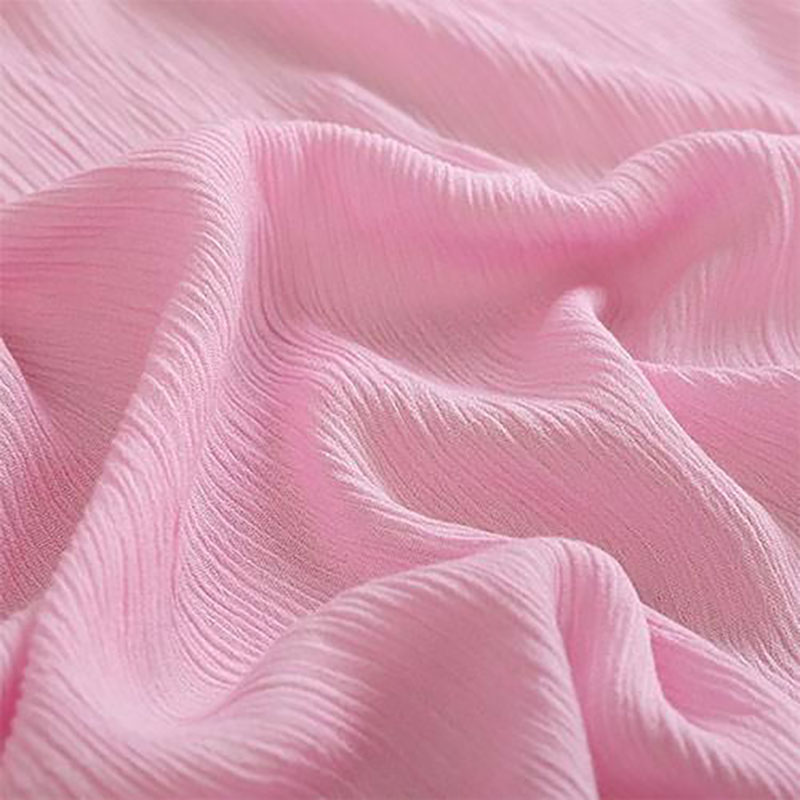The knitted apparel market has seen significant transformations in recent years. Changes in consumer preferences, coupled with advancements in sustainable practices, are reshaping the landscape of this vibrant sector. In this article, I will provide a chronological analysis of these trends, highlighting key developments that have influenced the knitted apparel industry.

In 2023, consumers are increasingly gravitating towards knitted apparel that offers comfort, style, and versatility. This shift is reflected in the rising popularity of athleisure and casual wear, where knitted materials play a crucial role. The demand for customized and personalized products has also grown, prompting brands to adopt flexible production techniques.

Sustainability has become a key concern for consumers, influencing their purchasing decisions dramatically. Brands are now adopting sustainable practices by sourcing eco-friendly materials, implementing ethical production methods, and promoting recycling initiatives. This commitment to sustainability not only enhances brand loyalty but also attracts a new customer base that prioritizes ethical consumption.

As the fashion industry evolves, knitted apparel is constantly adapting to incorporate new styles and innovations. Designers are experimenting with various knit techniques, colors, and patterns to align with contemporary fashion trends. This creativity not only enhances the aesthetic appeal of knitted garments but also pushes brands to differentiate themselves in a competitive market.

In summary, the knitted apparel market is experiencing a dynamic shift driven by changing consumer preferences and a robust focus on sustainability. It is essential for brands to stay ahead of these trends to maintain a competitive edge and meet the evolving demands of modern consumers. The future of knitted apparel promises innovation, style, and a commitment to responsible practices.
